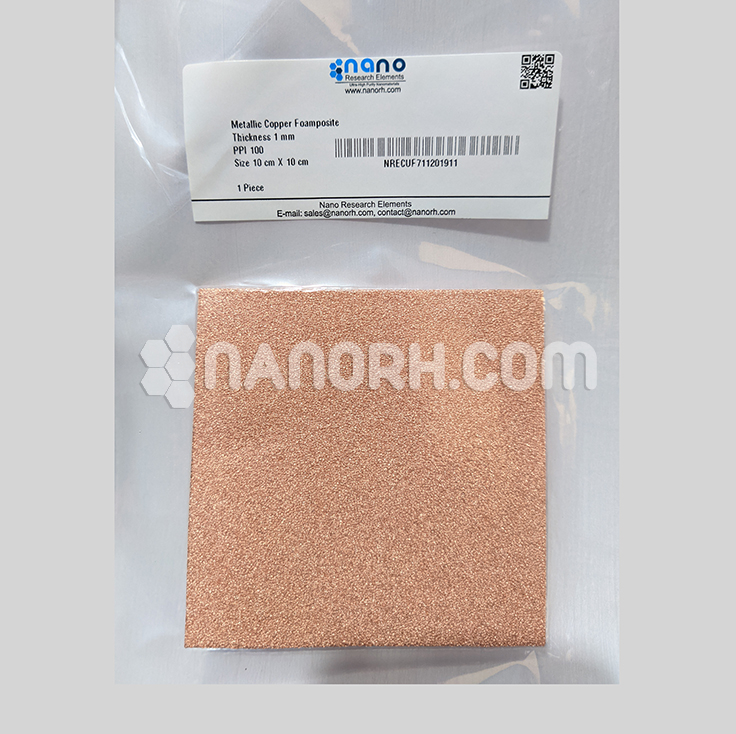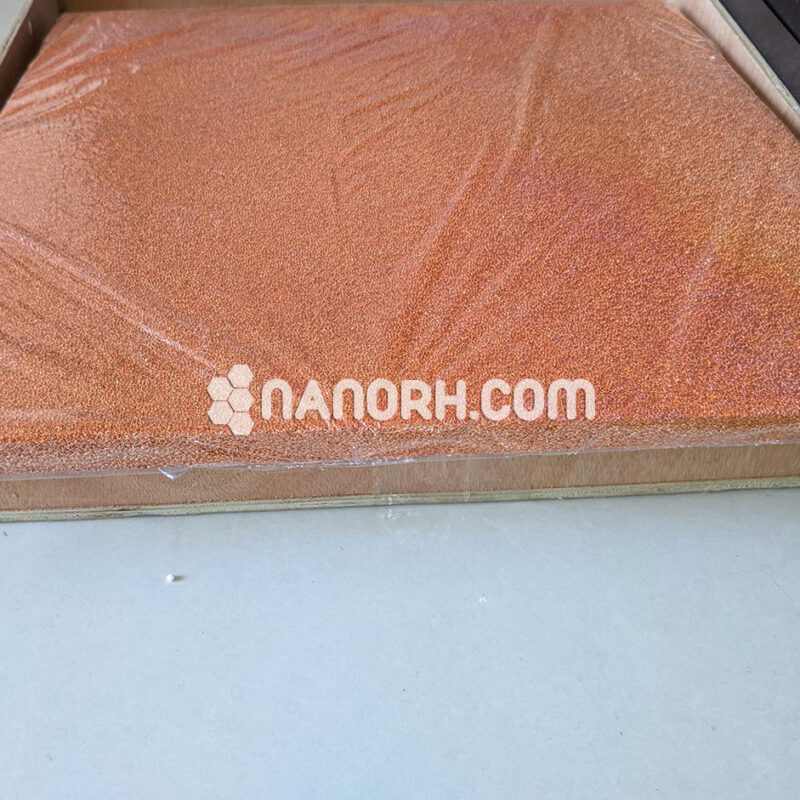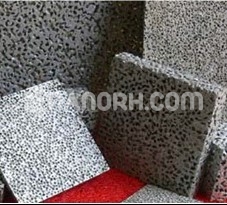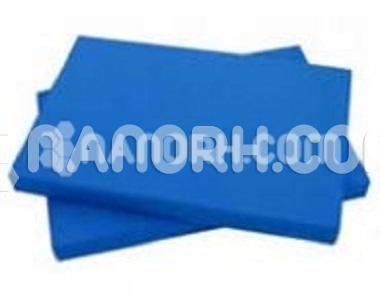Metallic Copper Foamposite (Cu, PPI-50PPI, Thickness; 2mm)
| Metallic Copper Foamposite | |
| Product No | NRE-51011 |
| CAS | 7440-50-8 |
| PPI | 540 |
| Density | 0.80-0.85 g/cc |
| Purity | ≥99.8% |
| Tear Strength | ≥70% |
| Porosity | 780 Kpa |
| Dimension | 500mm * 500mm |
| Thickness | 2mm |
| Melting Point | 1080°C |
Metallic Copper Foamposite
Metallic copper foam, known for its unique combination of high thermal and electrical conductivity, lightweight nature, and porous structure, has several specialized applications across various fields.
Thermal Management
Heat Exchangers: Copper foam is used in heat exchangers to enhance heat transfer efficiency. Its high thermal conductivity and large surface area improve the performance of cooling systems in electronics, automotive engines, and industrial processes.
Heat Sinks: In electronics, copper foam serves as an effective heat sink. It helps dissipate heat from high-performance components, such as CPUs and GPUs, preventing overheating and ensuring stable operation.
Energy Storage and Conversion
Battery Electrodes: Copper foam is used in battery electrodes to improve performance. Its high surface area and conductivity enhance the efficiency of energy storage and discharge processes in batteries, including lithium-ion and supercapacitors.
Fuel Cells: In fuel cells, copper foam can act as a catalyst support or a current collector, contributing to the efficient generation and transfer of electrical energy.
Catalysis
Catalyst Supports: Copper foam is used as a support material in catalytic processes. Its high surface area and thermal conductivity make it suitable for supporting catalysts in reactions such as hydrogenation, oxidation, and methanol synthesis.
Chemical Reactors: In chemical reactors, copper foam can enhance the efficiency of mixing and reactions by providing a large surface area for interaction between reactants.
Electronics and Electrical Applications
Electromagnetic Shielding: Copper foam provides effective electromagnetic interference (EMI) shielding due to its conductive properties. It is used to protect sensitive electronic devices from external electromagnetic interference.
Conductive Components: Copper foam can be used in various electronic components, including conductive substrates and connectors, where efficient electrical current distribution is required.
Filtration and Separation
Fluid Filtration: The porous structure of copper foam allows it to be used as a filter in fluid filtration systems. It can trap particles from liquids or gases, making it useful in applications such as air and water purification.
Separation Processes: Copper foam is used in separation processes where its structure facilitates the efficient separation of different phases or materials.




